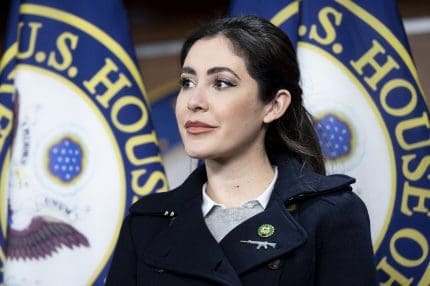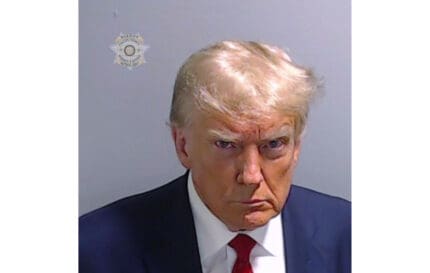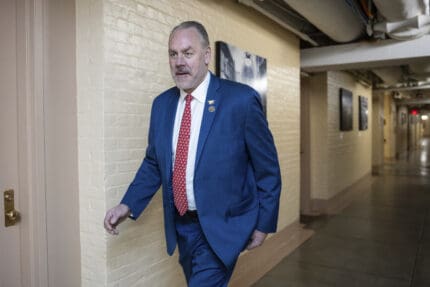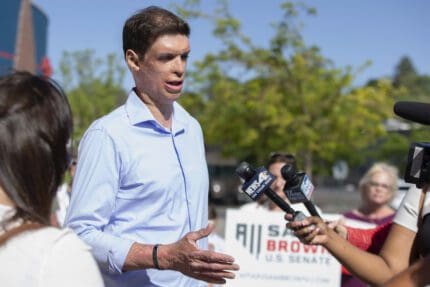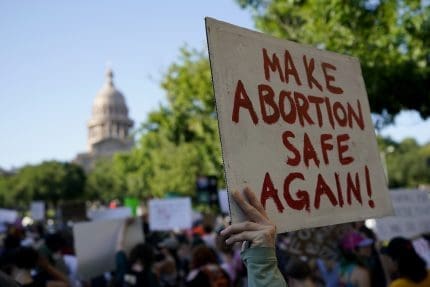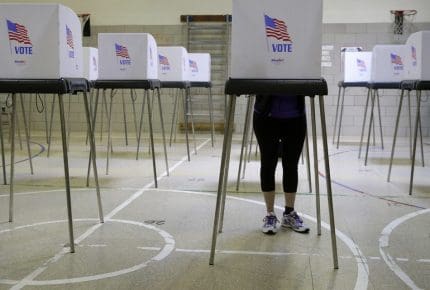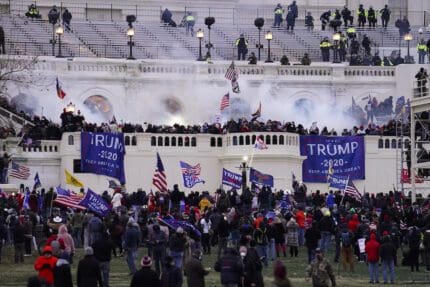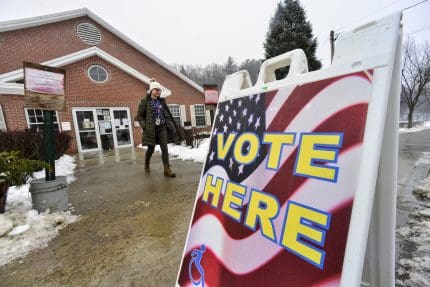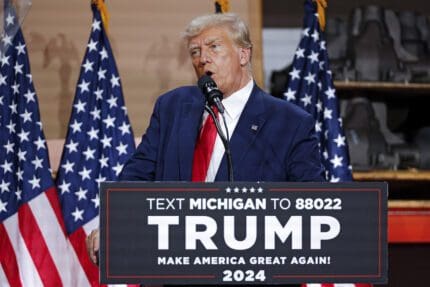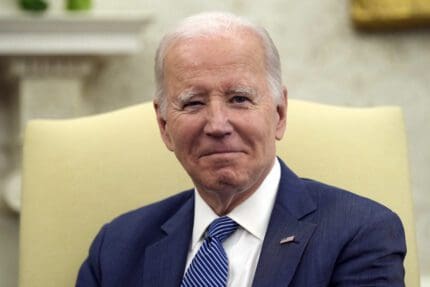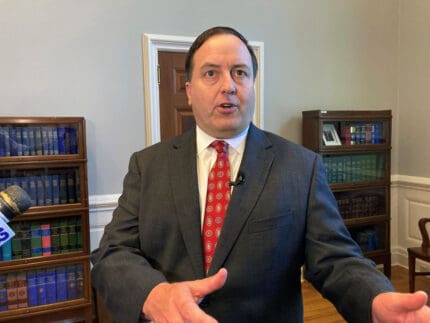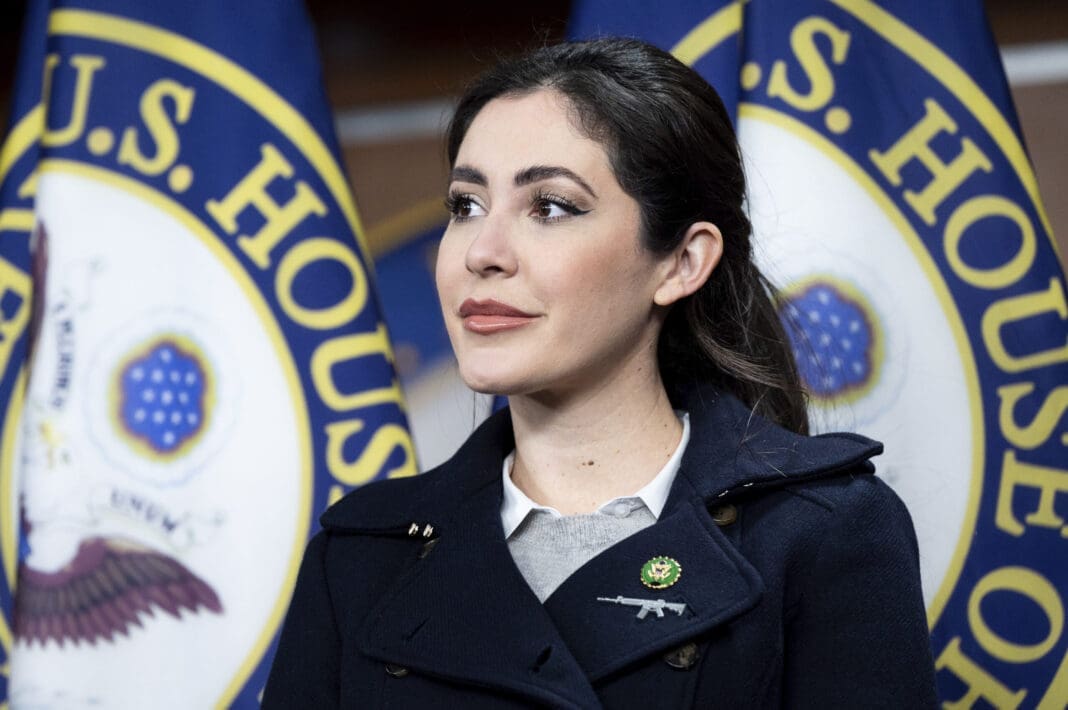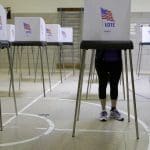Oregon goes to court to restrain federal agents sent by Trump
The suit by Oregon’s attorney general is one of several filed over law enforcement’s response to the Portland protests.
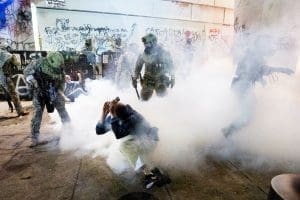
A federal judge heard arguments Wednesday on Oregon’s request for a restraining order against federal agents sent to the state’s biggest city to quell protests that have spiraled into nightly clashes between authorities and demonstrators.
The lawsuit, filed by Oregon Attorney General Ellen Rosenblum, alleges that federal agents sent by Donald Trump have arrested people with no probable cause, whisked protesters away in unmarked cars, and used excessive force to quell the unrest. It’s part of growing pushback against the Trump administration’s use of federal agents in Portland and its plans to do the same in other cities.
In a twist, the judge hearing the case — U.S. District Court Judge Michael Mosman — works out of the Mark O. Hatfield Federal Courthouse, which has been a target for more than 50 nights of protests following the killing of George Floyd. Floyd, a Black man, died after being pinned at the neck by a white Minneapolis police officer, igniting protests against racial injustice nationwide.
The motion for a temporary restraining order asks the judge to immediately command agents from the Department of Homeland Security, the U.S. Customs and Border Protection, the Federal Protective Service, and the U.S. Marshals Service to immediately stop detaining protesters without probable cause, to identify themselves before arresting anyone, and to explain why an arrest is taking place.
During the hearing — held by videoconference because of the coronavirus pandemic — Rosenblum said she was asking the court to “declare it not acceptable for federal officers to use unconstitutional police state-type acts to detain citizens of Oregon without cause.”
There are 114 federal agents in Portland, according to Steve Lippold, another attorney for the state.
David Morrell, an attorney for the U.S. government, called the motion “extraordinary” and told the court it was based solely on “a few threadbare declarations” from witnesses and a Twitter video.
“It’s important to underscore what’s at stake here. The Hatfield courthouse did not damage itself,” he said, calling the protests “dangerous and volatile.”
Mosman said the declaration of one man, who said in court papers that he was arrested by federal agents for no reason and later released, seemed to meet the bar for Oregon’s motion for a temporary restraining order.
But in a back-and-forth with Oregon attorneys, Mosman focused on a Twitter video of another arrest that showed a person being placed in an unmarked van and seemed skeptical of the state’s argument that that arrest in particular was made without probable cause.
It wasn’t clear when Mosman would rule.
The suit by Oregon’s attorney general is one of several filed over law enforcement’s response to the Portland protests. On Thursday a judge will hear arguments in a lawsuit filed by the American Civil Liberties Union on behalf of journalists and legal observers who say they were targeted and attacked by police while documenting demonstrations. A freelance photographer covering the protests for the Associated Press submitted an affidavit that he was beaten with batons, fired at with chemical irritants, and hit with rubber bullets.
U.S. Judge Michael Simon previously ruled that journalists and legal observers are exempt from Portland police orders requiring protesters to disperse once an area has been declared an unlawful assembly. Federal lawyers say in court filings that journalists should have to leave when ordered to do so.
The Trump administration also faces another lawsuit, accusing federal agents of violating protesters’ 10th Amendment rights by engaging in police activities designated to local and state governments. That legal action was filed by the Western States Center, which helps organize and promote the rights of communities of color and low-income people.
Ahead of Wednesday’s hearing, a fence was raised around the federal courthouse, outside of which protesters and federal agents had clashed again overnight, according to the Portland police, who were not present. Protesters repeatedly tried to break into the courthouse and set fires around it, and federal agents drove them back with tear gas and stun grenades, the police said.
Far from tamping down the unrest in Portland, the presence of federal agents on the streets of the progressive city has recently energized the nightly protests. Crowds had recently numbered fewer than 100 people but swelled to more than 1,000 over the weekend, attracting a broader base in a city that’s increasingly unified and outraged.
The use of federal agents against the will of state and local officials also has set up the potential for a constitutional crisis, legal experts say. It could escalate if Trump sends federal agents elsewhere, as he says he plans to do, including to Democratic-led Chicago.
During a U.S. Senate committee hearing Wednesday, one of Oregon’s senators reiterated what state officials have said: that he believes the use of federal agents in Portland is unconstitutional.
“If the line is not drawn in the sand right now, America may be staring down the barrel of martial law in the middle of a presidential election,” said Sen. Ron Wyden, a Democrat.
Federal authorities, however, have defended their response, saying officials in Oregon had been unwilling to work with them to stop the vandalism and violence against federal officers and the U.S. courthouse in Portland.
“We need to find a peaceful outcome,” acting Department of Homeland Security Secretary Chad Wolf said at a news conference Tuesday in Washington. “At the end of the day, we have to protect the federal property and the law enforcement officers.”
Wolf said agents have been assaulted with lasers, bats, fireworks, bottles, and other weapons. While he said federal agencies have made 43 arrests since July 4, he disputed that the arrests were carried out by unidentified agents, noting that they have the word “police” on their uniforms.
Among the protesters this week was Maureen Healy, who joined a march with a family member, as demonstrators sang songs, chanted the names of Black lives lost, and held moments of silence.
Just after midnight, she saw a line of authorities wearing camouflage and dark outfits emerge and advance on the crowd. The crowd retreated, and Healy said she heard bangs, saw smoke, and was struck by a projectile as she turned away. She felt blood on her temple and went to the hospital with a black eye, a cut to her face, and a possible concussion.
“This is my home. I was protesting peacefully, so why did federal troops shoot me in the head?” asked Healy, 52, who is the chair of the history department at Lewis & Clark College.
Recommended

New NC GOP chair flirts with bogus stolen election conspiracies
Simmons predecessor was a staunch 2020 election denier
By Jesse Valentine - April 19, 2024
Texas activists pushed abortion restrictions in NM cities and counties, records show
Emails reveal influence and control in exchange for promises of legal help
By Austin Fisher, Source NM - March 04, 2024
Cannabis workers across Missouri begin push to unionize dispensaries
The first day was a breeze. Sean Shannon and Danny Foster walked into several marijuana dispensaries around Missouri with their matching “Union For Cannabis Workers” shirts and talked to employees about the possibility of unionizing. “The first day, there were 57 stops amongst the teams,” said Shannon, lead organizer with UFCW Local 655, which actually […]
By Rebecca Rivas - December 04, 2023









